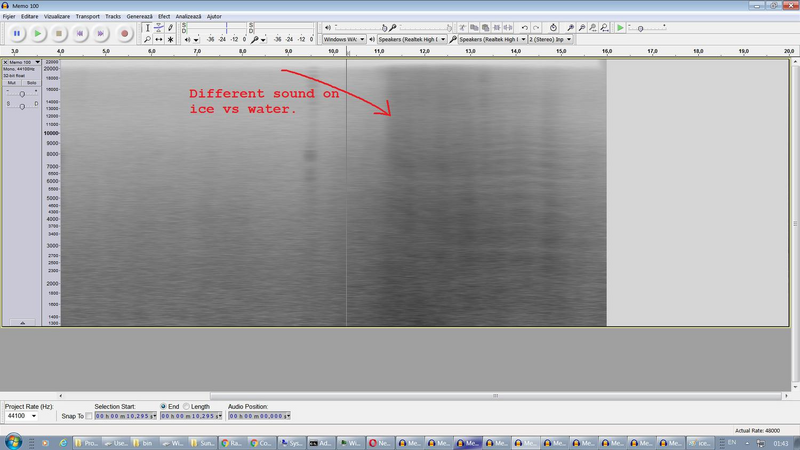Motto: "It's not what you don't know that kills you, it's what you know for sure but it isn't so".
In winter, the geometry of the tire above the pavement in combination with the roughness of the pavement and snow itself creates a horn effect, both at the entrance and exit of the contact zone of the tire. Sound created near the throat of the horn is enhanced by the horn and will have a specific characteristic on water and a completely different sound fingerprint on ice.
We use AI to analyze the sound resonance made by tires around 1000 Hz and in the region 15.000 - 18.000 Hz to identify icing condition on the road, so the computer will trigger a warning when the the probability for ice on the road is very high. Relying just on visual or traction control is not enough. There is a simple proof for this - there are dozens of drivers who pile up on ice during the first snow because they underestimate the conditions and they can't control the car as they enter with too much speed. Having more than 1 million km driven until now I can tell with great confidence that this will be a very hard test for any driver, and especially for an advanced AI system. When the ice is present beneath the snow, it's already too late. This system will provide a reliable mechanism to identify these conditions.
Helmholtz resonator theory and Fast Fourier transforms (cuFFT) are a big help for this. Currently training the network to have enough data.






Comments (0)